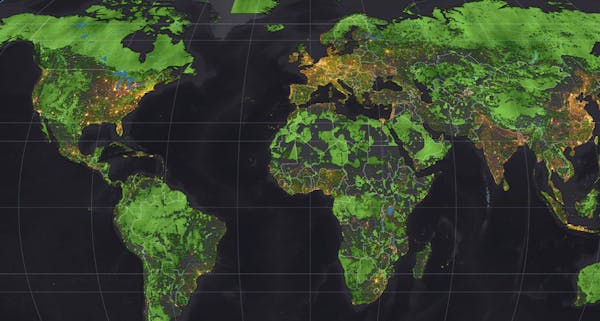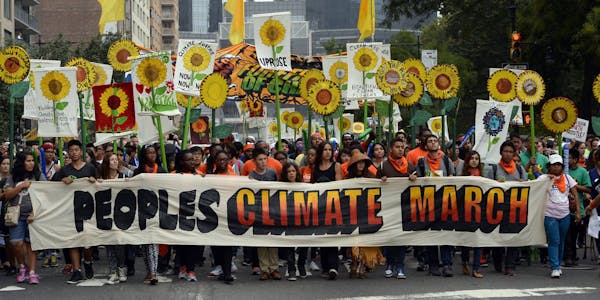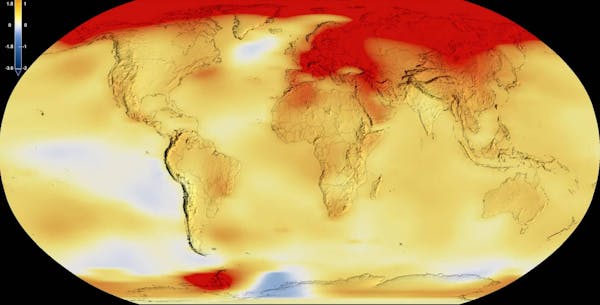%20(2)%20(1).jpg?auto=compress%2Cformat&w=1200)
We can solve the climate crisis. Here’s how.
To address the intertwined crises of climate change and biodiversity loss, we need more than scattered efforts. We need a clear, coordinated path forward.
The One Earth Solutions Framework offers that roadmap. Rooted in peer-reviewed science and backed by a global climate model, it shows that solutions not only exist, but are achievable. The framework outlines 75+ climate solutions organized across three pillars of action: Energy Transition, Nature Conservation, and Regenerative Agriculture.
The framework also identifies seven Intersectional Themes and seven Levers of Change, which ensure solutions are inclusive and equitable while accelerating adoption through better funding, governance, technology, and public engagement.
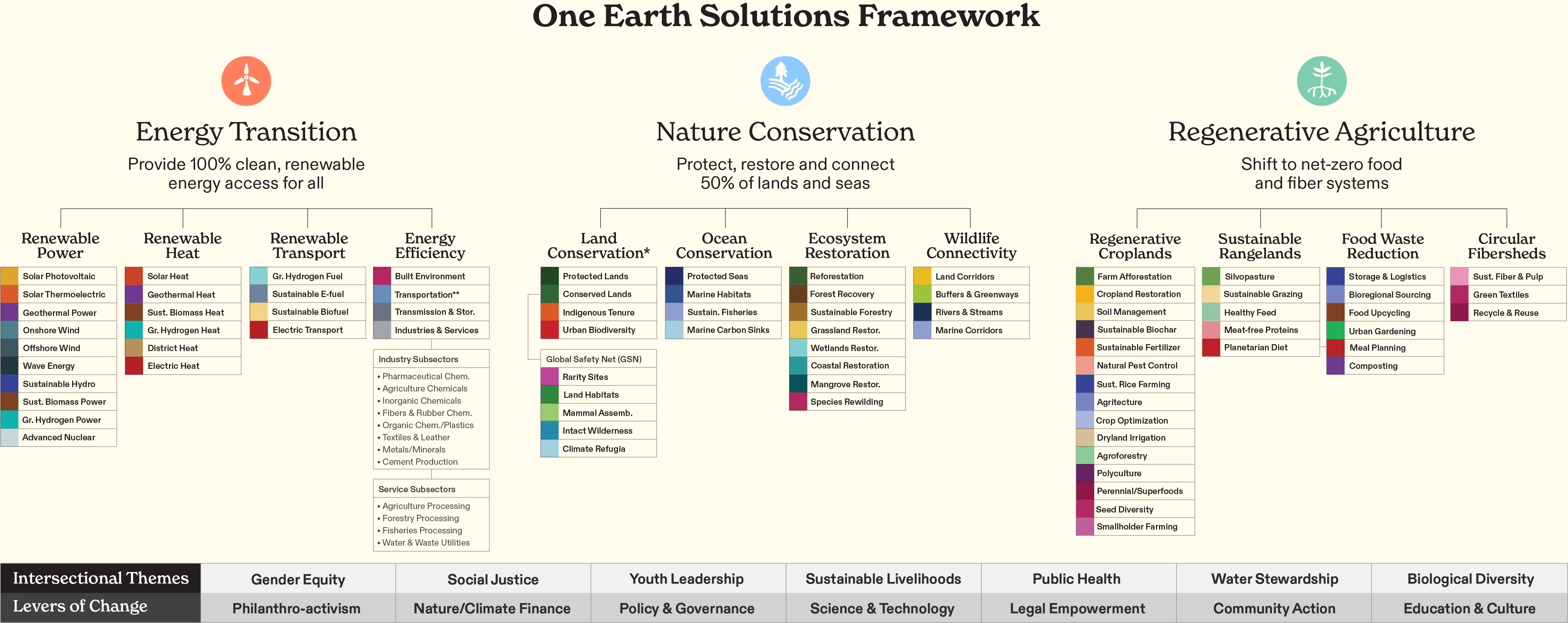
The One Earth Solutions Framework
What Makes the One Earth Solutions Framework Different?
- Holistic and Integrated: Tackles climate, biodiversity, and food systems together, recognizing their interdependence.
- Scientifically Validated: Shows that achieving the 1.5°C goal is possible with existing technologies and solutions.
- Centers Nature and Equity: Prioritizes both people and planet, recognizing that thriving ecosystems and Indigenous stewardship are vital for long-term resilience.
By uniting science with action, the One Earth Solutions Framework charts a clear path to a livable future.
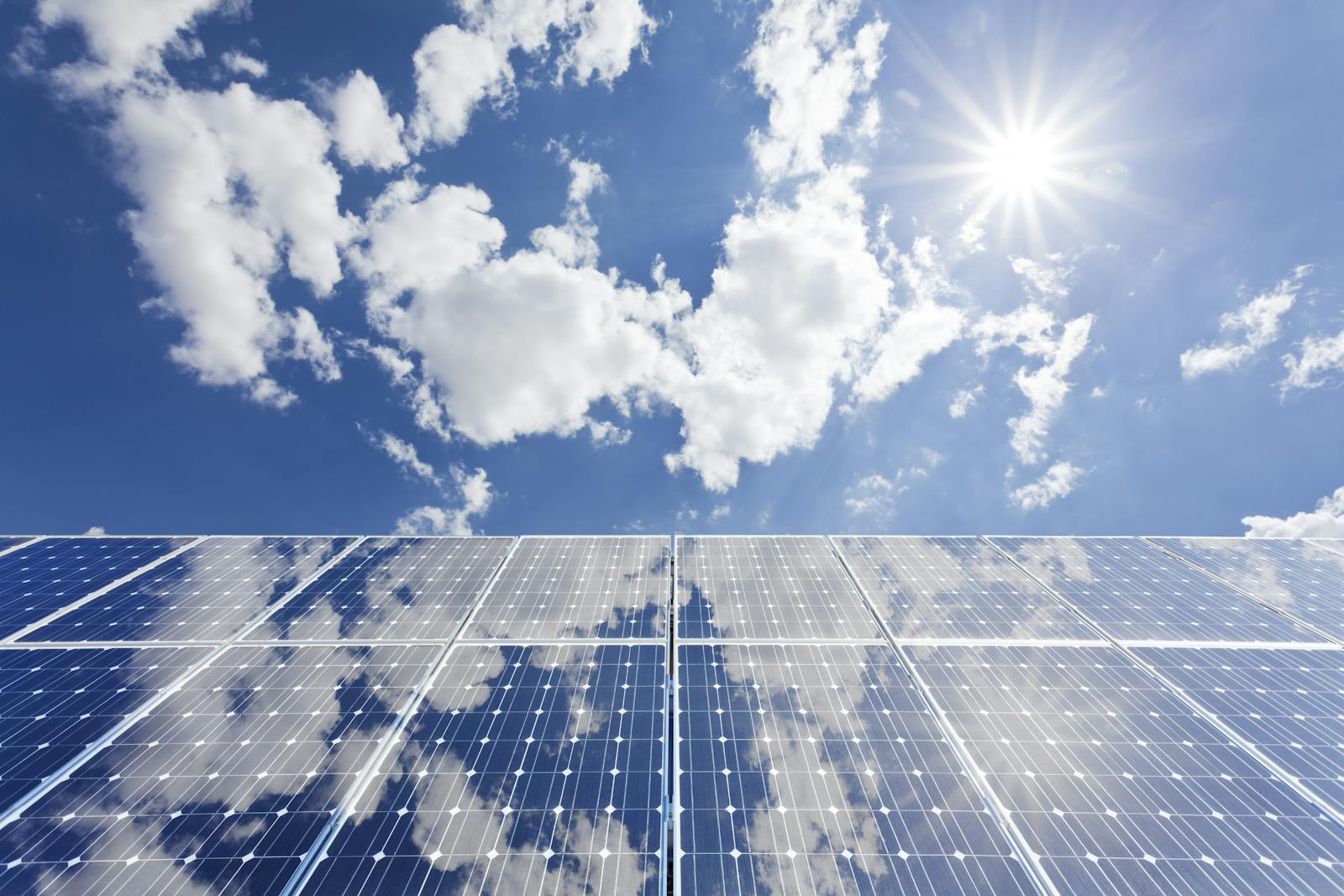
Energy Transition
The first pillar of collective action focuses on transforming our energy systems by phasing out fossil fuels and ensuring 100% clean, renewable energy for all. This transition isn’t a distant dream. The technologies are here today, and they’re already cheaper than the outdated and polluting business-as-usual. By moving decisively, we can create millions of long-term jobs, save billions each year in fossil fuel costs, and avoid trillions in climate damages.
The transition is underway, but not yet at the pace we need. Investments in renewable energy and energy efficiency must triple, and subsidies for fossil fuels must end.
One Earth’s energy solutions are built on decades of science. Working with a consortium of 17 scientists from the German Aerospace Center, the University of Technology Sydney, and the University of Melbourne, we produced the world’s first high-resolution global energy transition model: Achieving the Paris Climate Agreement Goals (Teske et al. 2019), one of the most downloaded texts in Springer Nature’s history. A follow-up model (Teske et al. 2022), supported by the Rockefeller Foundation, European Climate Foundation, and the Net-Zero Asset Owners Alliance, has provided investors with detailed decarbonization benchmarks across every major industry.
Within the Energy Transition pillar, One Earth organizes 24 solution pathways across four sub-pillars: Renewable Power, Renewable Heat, Renewable Transport, and Energy Efficiency. Together, they map a clear path to a just and achievable clean energy future.
RENEWABLE POWER
RENEWABLE HEAT
RENEWABLE TRANSPORT
ENERGY EFFICIENCY

Nature Conservation
The second pillar of collective action emphasizes the need to protect our natural environments. In order to reverse the biodiversity loss crisis and stabilize our global climate system, we must protect, restore, and connect 50% of Earth's lands and oceans within a Global Safety Net.
As natural ecosystems hold nearly two trillion tonnes of carbon and absorb one-quarter of annual CO₂ emissions, protecting them is essential. That means securing Indigenous land rights, halting deforestation, and restoring 350 million hectares of forests on degraded land. Together these efforts provide the necessary carbon removal to achieve the 1.5°C goal after a brief overshoot.
One Earth helped pioneer the science behind this vision. We developed and supported the research that led to A Global Safety Net (Dinerstein et al., 2020), the first comprehensive map of Earth’s remaining natural lands. The Global Safety Net set country- and state-level benchmarks now used in UN biodiversity negotiations. One Earth also developed the first spatial model quantifying the technical potential of forest-based carbon removal.
Guided by this research, the Nature Conservation pillar recognizes 24 solution pathways across four sub-pillars—Land Conservation, Ocean Conservation, Ecosystem Restoration, Wildlife Connectivity.
LAND CONSERVATION
OCEAN CONSERVATION
ECOSYSTEM RESTORATION
WILDLIFE CONNECTIVITY

Regenerative Agriculture
The third pillar of collective action focuses on radically transforming how we grow our food. By adopting agricultural and farming practices that restore the health of our soils, we can enhance their ability to draw down and sequester carbon. We can achieve net zero food and fiber systems globally through regenerative agricultural practices, which increase both soil fertility and carbon storage.
Concurrently, we must cut meat consumption and food loss in half, reduce the use of chemical fertilizers, herbicides, and pesticides, diversify crops, and invest in smallholder farms. By doing so, we can feed ten billion people by mid-century while greatly reducing agricultural emissions—carbon dioxide, methane, and nitrous oxide—and improving human nutrition.
One Earth supported cutting-edge research in regenerative agriculture, including a groundbreaking agricultural AI model to optimize global crop production and nutrition availability, factoring in future climate changes. Our analysis of emerging research in agriculture and sustainable land use has informed four sub-pillars under the Regenerative Agriculture pillar—Regenerative Croplands, Sustainable Rangelands, Food Waste Reduction, Circular Fibersheds—with a total of 29 unique solutions pathways:
REGENERATIVE CROPLANDS
SUSTAINABLE RANGELANDS
FOOD WASTE REDUCTION
CIRCULAR FIBERSHEDS
.jpg?auto=compress%2Cformat&w=1600)
Intersectional Themes
Beyond the specific solution pathways within the three pillars of collective action, the One Earth Solutions Framework identifies seven major cross-cutting themes that must be addressed to effectively implement climate solutions at scale. These themes provide a holistic approach to ensure that our solutions are inclusive and equitable, keeping people at the center of the global transition.
.jpg?auto=compress%2Cformat&w=1600)
Levers of Change
A lever of change is a strategy, mechanism, or approach that can effectively influence or drive transformation within a system. Identifying and utilizing these levers can lead to significant systemic change without requiring extensive resources. In the One Earth Solutions Framework, the Levers of Change are strategic mechanisms designed to accelerate the implementation of climate and nature-based solutions. They help bridge existing gaps in funding, governance, technology, and public engagement, ensuring solutions are deployed effectively and equitably. One Earth streamlines the vast array of possibilities by identifying seven primary levers of change that can expedite the adoption of more than 75 solution pathways.
Between now and 2030, we estimate that $10 trillion of new funding will move into climate change mitigation from the public and private sectors. At One Earth, we believe philanthropists can play a critical role in helping inform the strategic use of these vitally important flows of new capital. Our Solutions Finance Tracker tool keeps a pulse on climate finance from all sectors—public, private, and philanthropic—and we’re continually supporting new cutting-edge initiatives to help steer decision making in government ministries, financial board rooms, and family offices.
.jpg?auto=compress%2Cformat&w=600)
.jpg?auto=compress%2Cformat&w=600)
.jpg?auto=compress%2Cformat&w=600)
.jpg?auto=compress%2Cformat&w=600)
%20(1).jpg?auto=compress%2Cformat&w=600)
.jpg?auto=compress%2Cformat&w=600)
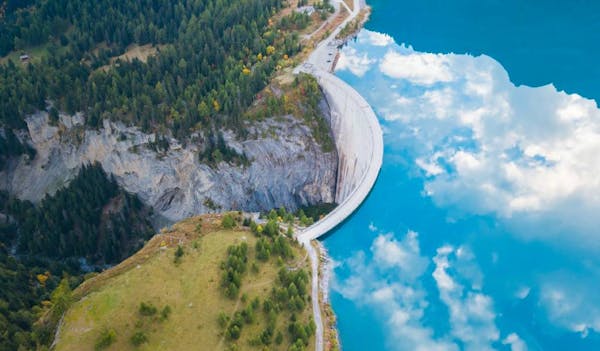
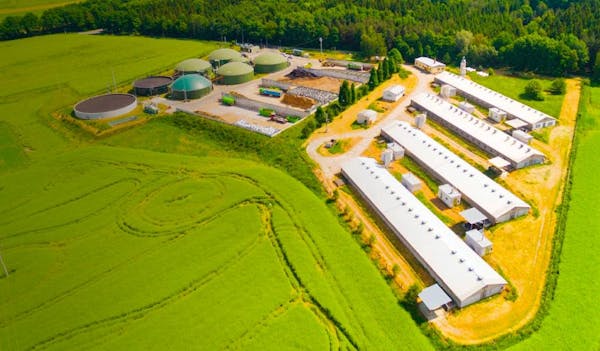
.jpg?auto=compress%2Cformat&w=600)

.jpg?auto=compress%2Cformat&w=600)

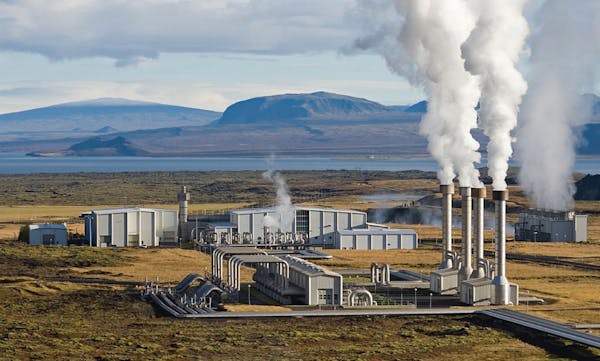
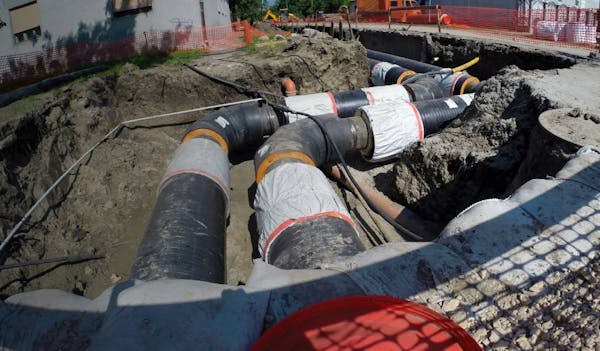
.jpg?auto=compress%2Cformat&w=600)
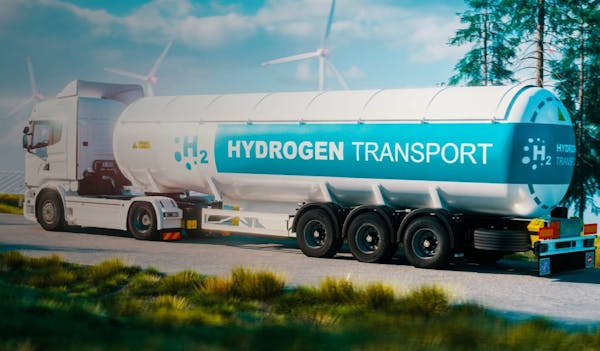


.jpg?auto=compress%2Cformat&w=600)
.jpg?auto=compress%2Cformat&w=600)
.jpg?auto=compress%2Cformat&w=600)
.jpg?auto=compress%2Cformat&w=600)
.jpg?auto=compress%2Cformat&w=600)
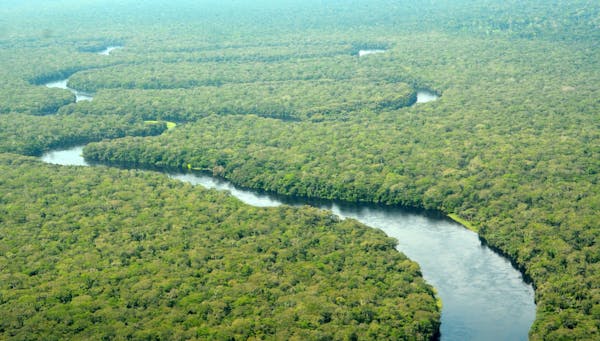
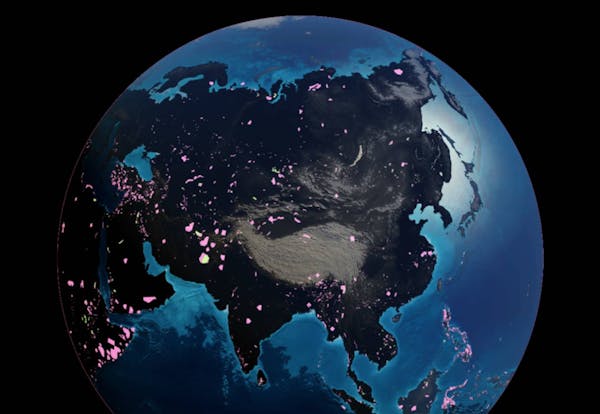
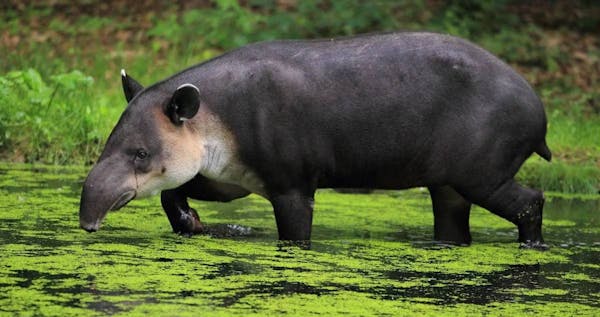
.jpg?auto=compress%2Cformat&w=600)
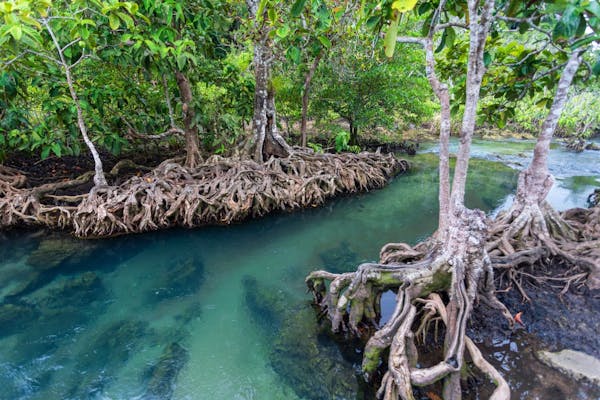
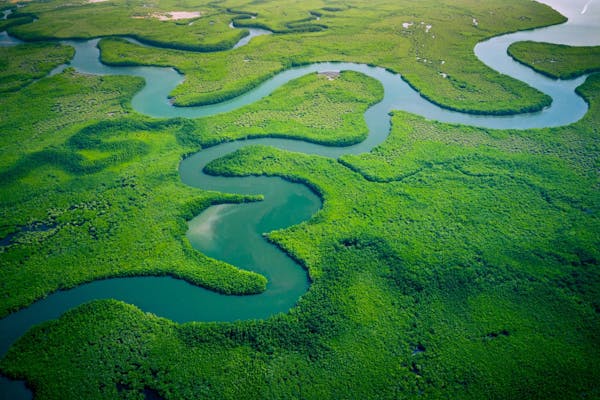
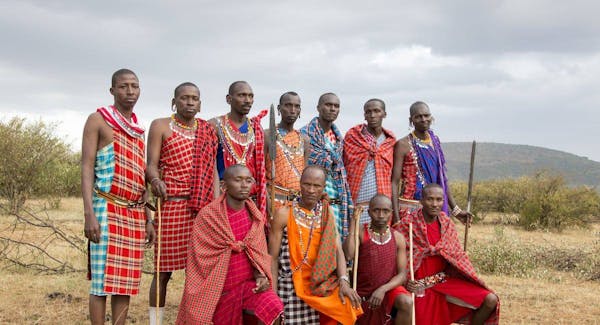
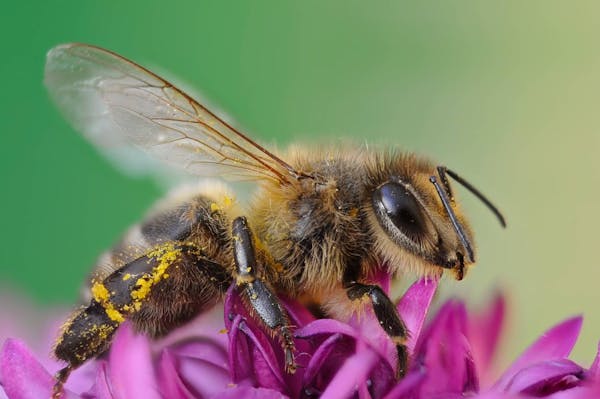

.jpg?auto=compress%2Cformat&w=600)
.png?auto=compress%2Cformat&w=600)
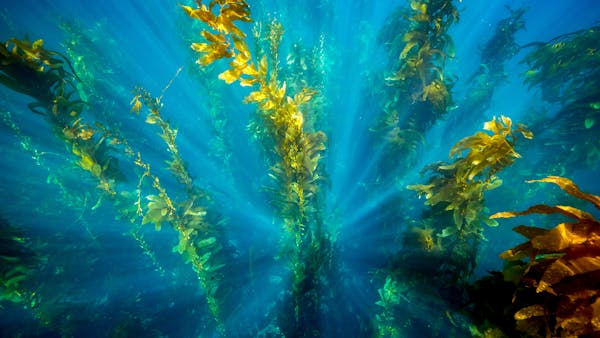
.jpg?auto=compress%2Cformat&w=600)

.jpg?auto=compress%2Cformat&w=600)
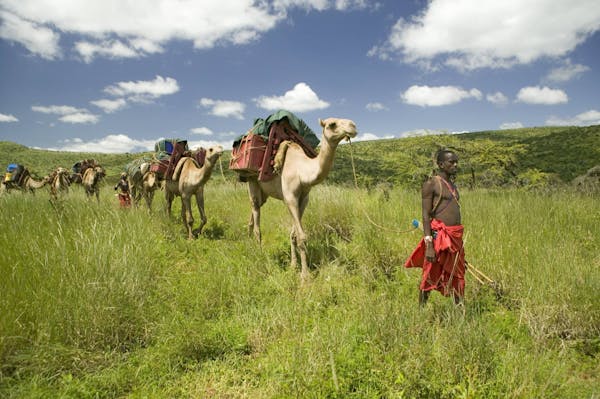
.jpg?auto=compress%2Cformat&w=600)
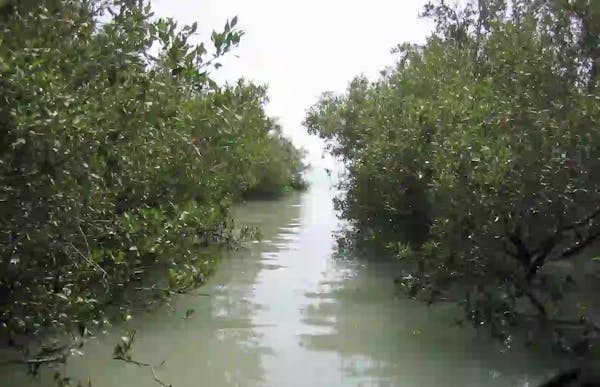
.jpg?auto=compress%2Cformat&w=600)
%20living%20in%20River%20(Traisen).%20Underwater%20shooting%20in%20natural%20habitat.%20hutterstock_1527304208%20(1)%20(1).jpg?auto=compress%2Cformat&w=600)
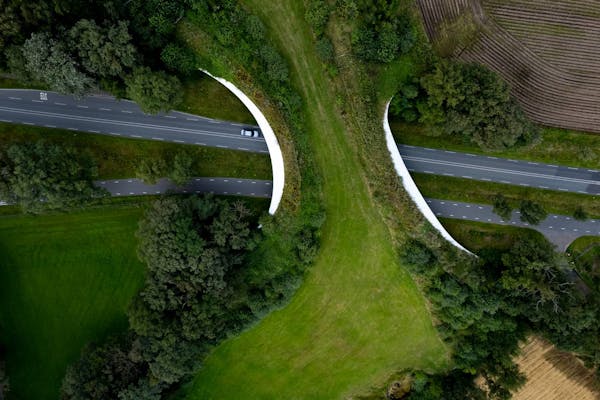
.jpg?auto=compress%2Cformat&w=600)

.jpg?auto=compress%2Cformat&w=600)
.jpg?auto=compress%2Cformat&w=600)
.jpg?auto=compress%2Cformat&w=600)
.jpg?auto=compress%2Cformat&w=600)
%20for%20fertilizer%20shutterstock_591577631%20(1)%20(1).jpg?auto=compress%2Cformat&w=600)
%20(1).jpg?auto=compress%2Cformat&w=600)

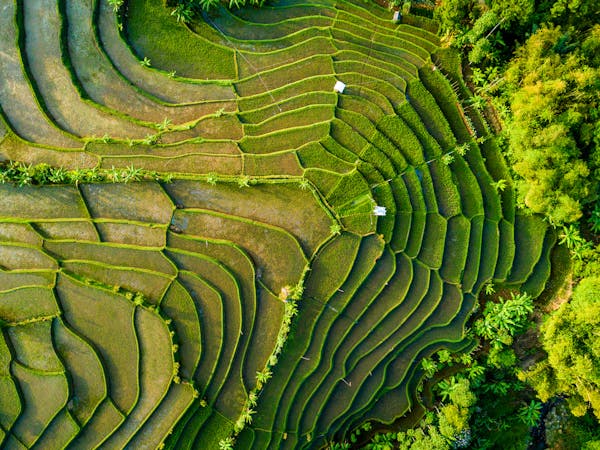
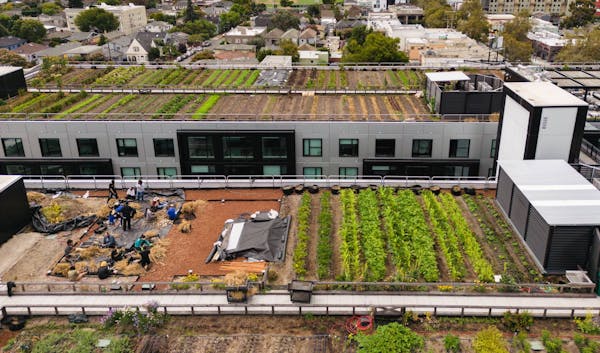
.jpg?auto=compress%2Cformat&w=600)
.jpg?auto=compress%2Cformat&w=600)
.jpg?auto=compress%2Cformat&w=600)
.jpg?auto=compress%2Cformat&w=600)
.jpg?auto=compress%2Cformat&w=600)
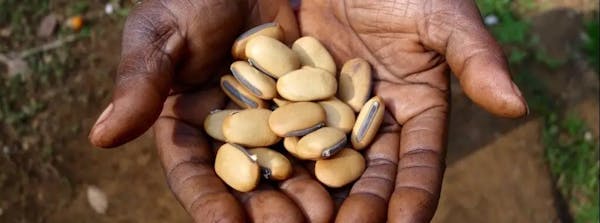
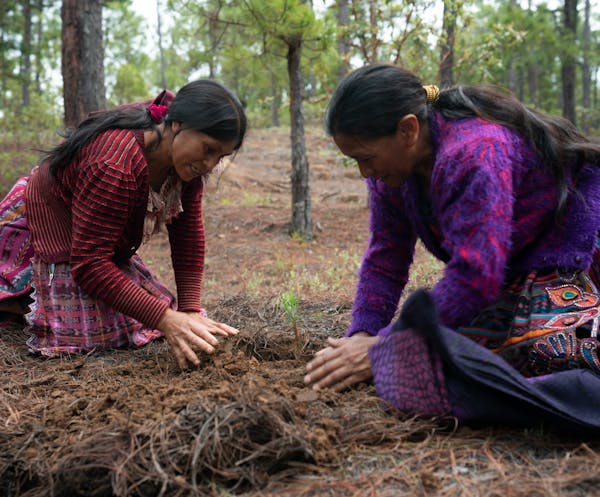
.jpg?auto=compress%2Cformat&w=600)
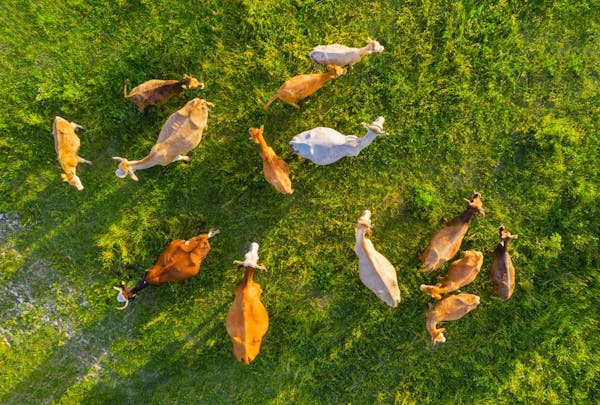
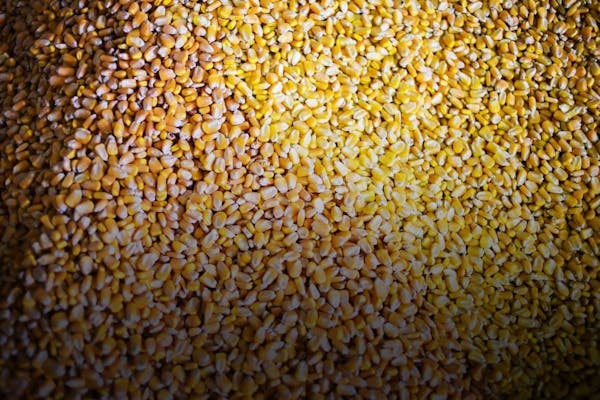
.jpg?auto=compress%2Cformat&w=600)

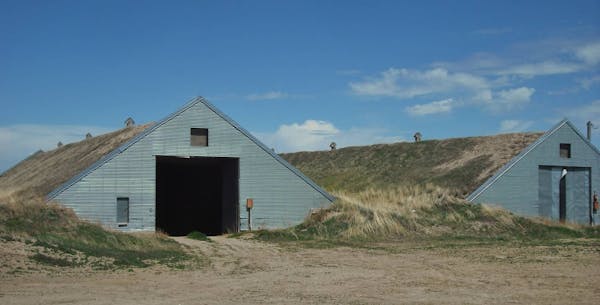

.jpg?auto=compress%2Cformat&w=600)
.jpg?auto=compress%2Cformat&w=600)

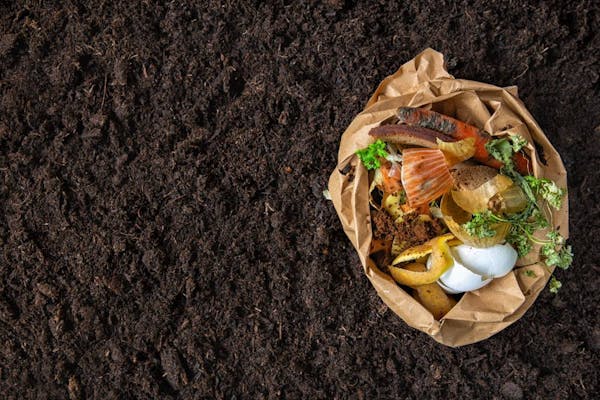

.jpg?auto=compress%2Cformat&w=600)

.jpg?auto=compress%2Cformat&w=600)

.jpg?auto=compress%2Cformat&w=600)


.jpg?auto=compress%2Cformat&w=600)

%20(1).jpg?auto=compress%2Cformat&w=600)

.jpg?auto=compress%2Cformat&w=600)
.jpg?auto=compress%2Cformat&w=600)
